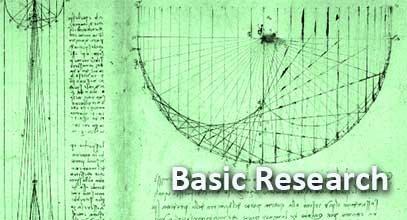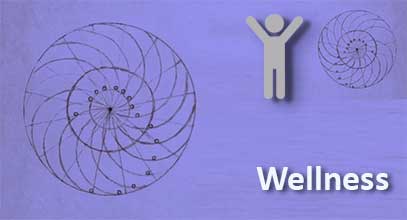29 November 2023
In this first-of-its-kind neurophenomenological study BM-Science researchers investigated the dynamic configuration and the levels of variability of the “Self”-, “Me”-, and “I”- components that comprise a complex experiential Selfhood across 16 distinct modes covering a range of healthy-normal, altered, and pathological brain states.
They showed that any given Selfhood state is determined by varying proportions of “Self”, “Me”, and “I”-components depending on the phenomenological manifestation of a particular mode. Furthermore, we demonstrated that the “Self”-component has more leeway in expressing various pathological modes while having a very narrow window for variance in norm. The “I”-component, on the other hand, exhibits the opposite tendency, with a wide range of normal modes and only a narrow window for true pathological expression. Finally, the “Me”-component expresses a position intermediate between the “Self”- and “I”-components (though closer to the “I”-component). The findings are discussed with an emphasis on their theoretical, conceptual, philosophical, and clinical implications.



